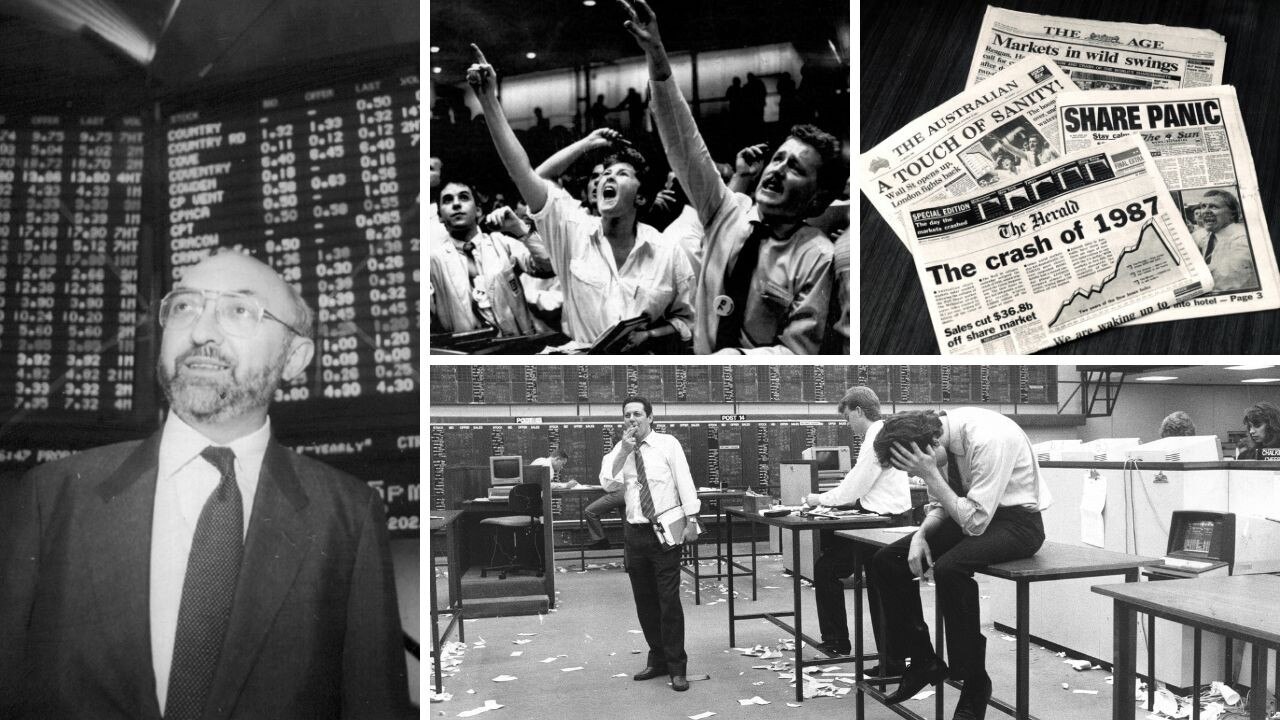Oh dear! Former Afterpay shareholders punished
The marriage between one-time Aussie market darling Afterpay and US giant Block Inc has turned into a tech reality hell for shareholders.

Terry McCrann
Don't miss out on the headlines from Terry McCrann. Followed categories will be added to My News.
Oh dear, oh dear. The tech rout on Wall St has not been kind to the former shareholders in former Aussie market darling Afterpay.
A couple of weeks back I detailed how those holders thought late last year they were selling their shares at $126 each, but it had turned out they had actually sold them for only $52 each.
I did add, back in April, that was the drop “so far”. Well, that selling price is now down to $39 and headed who knows where.
You see, Afterpay holders – including the two founders and biggest holders, Anthony Eisen and Nick Molnar – didn’t get paid in cash but in shares of fellow (now, also former) US tech darling Square; now renamed Block for reasons buried deep in the psyche of Block Head Jack Dorsey of Twitter infamy,
I’m not kidding; that’s the title he’s adopted for what in normal, more sane, companies is called the CEO (of Block).

If that wasn’t a big flashing red ‘sell signal’ when Block shares were already down to $US100 ($145) – after coming all the way back from the $US247 at which the deal with Afterpay was done last August – I don’t know what is, now that Block is down to $US71 after a 16 per cent plunge overnight Wednesday.
In simple terms what was heralded as a marriage made in a tech heaven has turned out in just months to one struggling in a tech reality hell.
Back in August, Square/Block was supposedly ‘paying’ $US29bn for Afterpay. Now the whole of Block-Afterpay is ‘worth’ only $US49bn.
We’ve ‘been here’ so many times before – when over-inflated paper is used to buy something; when the paper deflates it can go all the way to zero, taking the value of what it bought with it.
In this case it was over-inflated paper being used to buy over-inflated paper. Afterpay was always a very clever marketing idea; not so clever in functionality and indeed not really even 21st century.
Then ‘everything’ so quickly tumbled into a generalised tech rout meets a crypto (currency) meltdown - in an even broader context of Wall St facing the reality of near-double digit inflation and (utterly belated and timid) rate rises from the Fed.
In all the talk of the Fed turning hawkish, the simple reality remains that it has taken the Fed three months to raise its official interest rate and it’s still less than 1 per cent, when inflation in the US is 8 per cent-plus.
How a negative real interest rate of 7 per cent-plus can be considered anything other than ragingly stimulatory and inflationary defies common sense and indeed basic reality.
The same is the case in Australia. Our ‘hawkish’ RBA’s official rate is now all of 0.35 per cent. Annual inflation is 5.1 per cent; but current inflation – the last two quarters annualised – is closer to 7 per cent.
Either way, a negative real policy interest rate of 4.7 per cent or 6.5 per cent, is not ‘hawkish’ in any reality I’m familiar with – even if the rate is headed higher.
At least the RBA can raise its raise faster than the Fed. The Fed meets oh so leisurely every six weeks – and takes around 100 people, present in the room at every meeting to do so – while the RBA of course is every month bar beach-side January.
Is this the 1970s redux, when inflation in the US was last this high and stayed high, even with punishing Fed rates, until rates went really savage?
Probably not so with inflation, for multiple and complex reasons. But probably worse in terms of the pain of getting back somewhere near reality, albeit at much lower rates given the monumental explosion in debt.
Originally published as Oh dear! Former Afterpay shareholders punished



